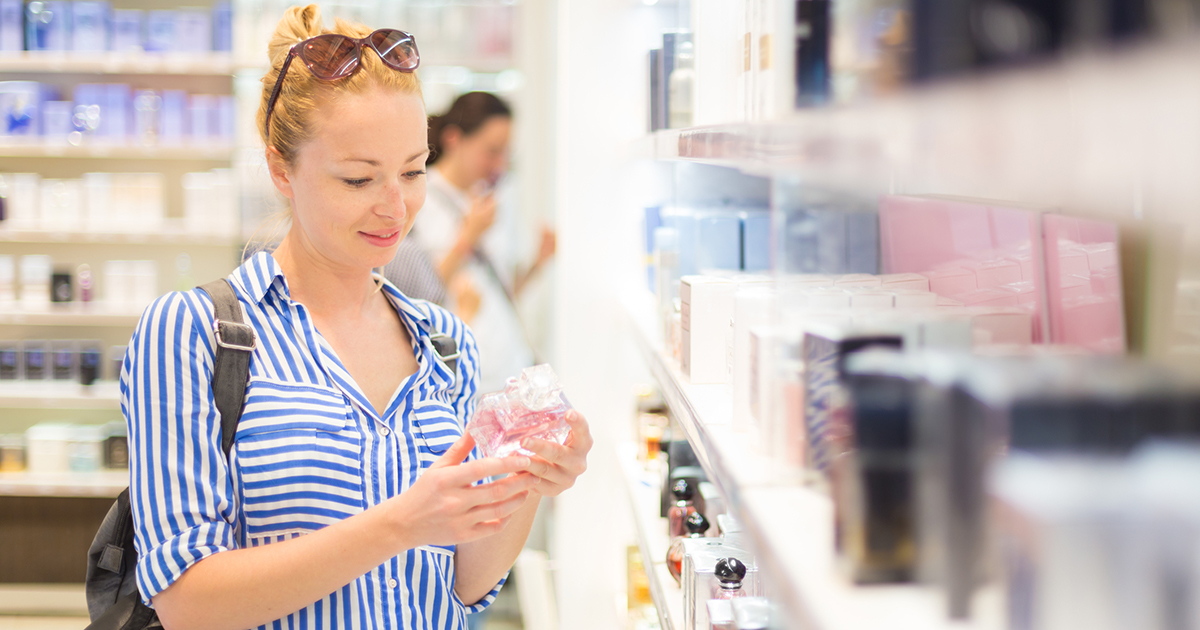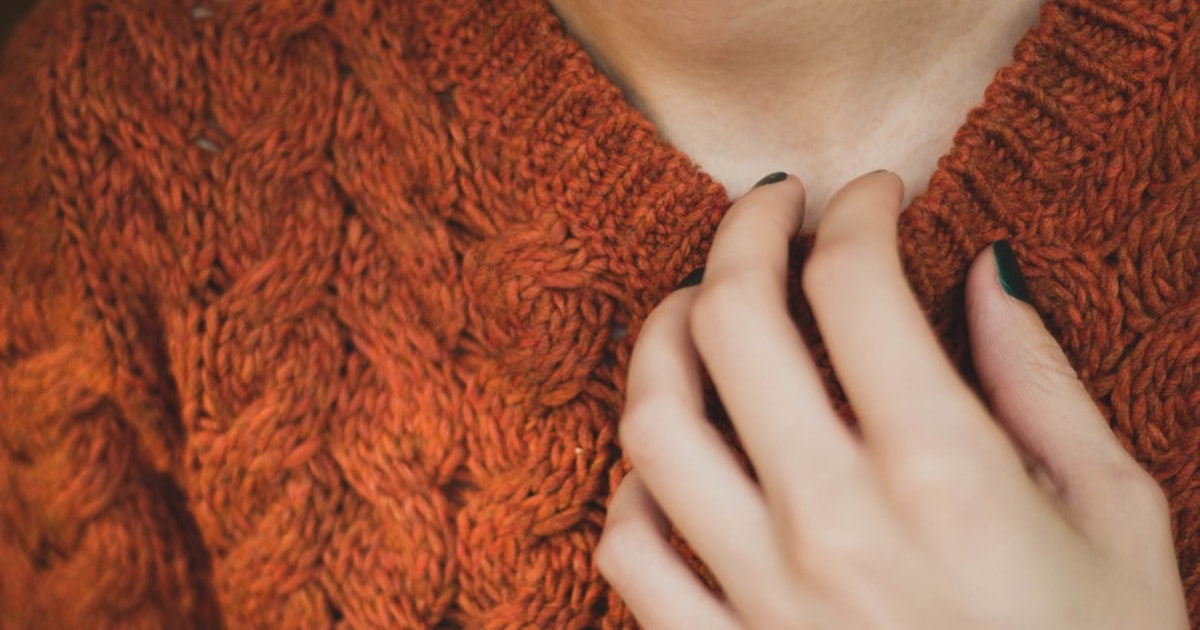20 Unexpected Culprits Provoking Your Atopic Dermatitis Flare-Ups
Atopic dermatitis isn’t just a skin condition—it’s a relentless cycle of itching, inflammation, and frustration. Often beginning in early childhood, this form of eczema can persist into adulthood, flaring up at the worst possible times and in the most uncomfortable places: behind the knees, on the face, hands, ankles, and more. While treatments like topical creams, biologics, and wet wrap therapy can help manage symptoms, the real game-changer lies in identifying and avoiding your unique triggers. And here's the catch—many of them aren’t what you’d expect. From surprising allergens in your laundry to hidden stressors in your daily routine, flare-ups can be provoked by seemingly harmless factors. That’s why we’ve expanded our list to 20 Unexpected Culprits Provoking Your Atopic Dermatitis Flare-Ups—a revealing look at what might really be sabotaging your skin. If you've tried every cream and still can't find relief, the missing link could be on this list.
1. Perfume And Makeup

Patients with atopic dermatitis might experience a flare-up after applying certain types of perfume and makeup. These cosmetics typically contain dyes, parabens, and petroleum-based ingredients that could cause skin redness, irritation, and dryness. Fragrances can be particularly problematic for atopic dermatitis patients, as they can contain more than one hundred ingredients, many of which are not disclosed by the manufacturers. Fragrances cause between thirty to forty-five percent of the reported reactions to cosmetic products. To reduce the risk of a flare-up when using perfume, patients may want to consider purchasing a fragrance that contains as few ingredients as possible or one marketed towards individuals with sensitive skin. It can be helpful to spray perfume on clothing instead of spreading it directly onto the skin. Patients with atopic dermatitis should perform a patch test before using any fragrance. In terms of makeup, using organic products free from synthetic dyes and artificial preservatives may help. For example, some lipsticks and eyeshadows are now pigmented with fruit dyes, which could provide a safer alternative for atopic dermatitis.
2. Certain Fabrics

Since atopic dermatitis damages the skin's surface, patients with this condition may find they are more susceptible to irritation from certain fabrics used in clothing or bedding. For example, wearing itchy fabrics like wool can cause patients to begin scratching the skin, which could trigger a flare-up that includes open sores, skin weeping, and cracking. Patients may also be sensitive to other fabrics, including synthetic materials such as rayon, polyester, nylon, spandex, and acrylic. Thus, doctors suggest patients avoid these fabrics altogether. Since every patient is different, finding fabrics that do not irritate requires a bit of experimentation. Generally, materials such as cotton and silk are less likely to cause skin irritation for atopic dermatitis patients. However, some patients find cotton creates friction on their skin, and some cotton is dyed with a potentially irritating chemical. While silk is a natural fabric, it contains a sericin protein that could cause some allergies for patients who cannot tolerate sericin. A type of silk known as Dermasilk could be beneficial. Dermasilk is a loosely knitted fabric specifically treated to remove the sericin, and an antimicrobial agent is bonded to the material. Patients with this condition may want to keep a journal of fabrics they have tried, noting any irritation that occurs.
